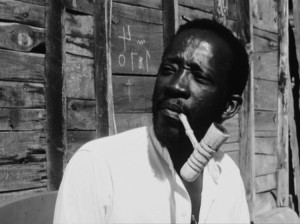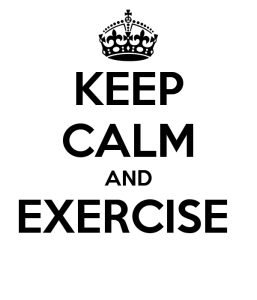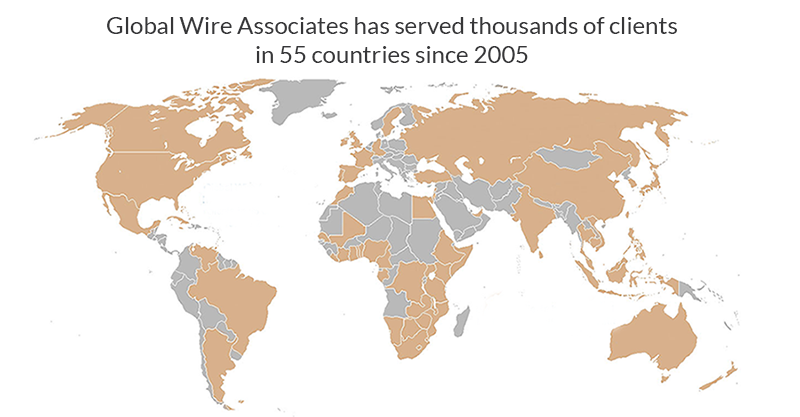Ousmane Sembene: Freedom Fighter For African Cinema
 Last week I attended a special viewing of Ousmane Sembene’s classic film La Noire de… (The black girl of… or Black Girl). With the recent “snub” of Ava Duvernay’s Selma at the Academy Awards, seeing Black Girl reminds us that the African diaspora has struggled to have fair and balanced portrayals in film since the dawn of the medium.
Last week I attended a special viewing of Ousmane Sembene’s classic film La Noire de… (The black girl of… or Black Girl). With the recent “snub” of Ava Duvernay’s Selma at the Academy Awards, seeing Black Girl reminds us that the African diaspora has struggled to have fair and balanced portrayals in film since the dawn of the medium.
I had the pleasure to ask at this viewing Samba Gadjigo, a French professor at Mount Holyoke College and the official biographer of Sembene, about Sembene’s legendary life and racism in the film industry. He has spent the greater part of his academic career researching Francophone African cinema and in particular Sembene’s career.
“Sembene was a freedom fighter in African film,” Gadjigo said. “Black Girl was a gift to the world. Before Sembene, there was a law against Senegalese taking up cameras. Black Girl was pioneering and revolutionary, as it put Africa on the map.”
Gadjigo is referring to the “Laval Decree”, a 1934 French law that prohibited Francophone Africans from making films. This was done to control the messaging about colonialism, while stifling free expression by Africans. Most films about Africans prior to independence were made by white filmmakers and were incredibly racist.
After independence, a new crop of young idealist African filmmakers came onto the forefront who saw the medium as a force for political change. According to Gadjigo, Sembene decided to make films the day Patrice Lumumba was assassinated. Black Girl is loosely based on a real story that happened in the 1950s and Sembene wrote about it in a short story before the film was made.
Black Girl tells the story of Diouana, a young Senegalese woman hired by a white couple as a maid in France. Notice that Diouana is “voiceless.” Her thoughts are only said through a voice over narration. Sembene did this to show that Africans still didn’t have a voice in the post-colonial era. Her white employers still had a colonial mentality, by treating Diouana as a slave that can only be appeased by money.
The use of the mask also represents the relationship between Diouana and her employers. While the mask represents the culture and history of the colonized, the white employers only see it as wall decoration.
Black Girl is known today as the first film directed by a Sub-Saharan African to receive international acclaim. However, Sembene had limits on the length of the film due to French regulations. Black Girl was dubbed in French to “use the language of the master.” The film was made on a shoestring budget, but that was done on purpose by Sembene. He also preferred to hire unknown actors, or as Gadjigo said, “people off the street” because Sembene didn’t want to become part of Hollywood. (By the way, you can read an awesome interview with Thérèse M’Bissine Diop, who played Diouana in the film.)
Sembene’s goals was to make films about Africans by Africans. He was concerned that Senegalese were losing their culture. French colonial education was limited to a select few, and African history was entirely left out of it. Wolof and many other native languages were banned in Senegal during colonialism. Sembene saw film not only as a tool of liberation, but also as a way to preserve the oral histories of his people.
Gadjigo said he didn’t see a moving still until the age of 12, but he knew then the power of “hearing with your eyes and seeing with your ears.” His political awakening came at aged 17 when he read Sembene’s book God’s Bits of Wood, a strong rebuke of colonialism. Sembene’s literary and cinematic canon have had a strong influence in the post-colonial era to preserve African identity.
“It was important to tell those stories,” Gadjigo said. “When you lose your language, you lose your history.”


